The leading edge of the baby boomer population started turning 65 in 2011 and will make increased demands upon the healthcare system. According to the United States Census Bureau, this group, born between 1946 and 1964, represents 22%, or 73 million persons, of the total U.S. population. Numerous studies have indicated that the vast majority of seniors prefer to stay in their own homes for as long as possible. Smart home technology is proving itself to be an effective tool to enable that to occur.
What Are The Facts?
As the baby boomer generation is becoming 65 and older, the elderly population has grown substantially. The reality of those demographics is presenting an economic urgency for seniors to stay in their homes longer. In 1900, there were 3.1 million people in the United States age 65 and older, and today, there are 56.4 million. As the graph of the information from page 3 of the Administration for Community Living illustrates, this trend toward an aging population will continue. Click the data points below to receive further information from each corresponding year.
Number of Persons Age 65 and Older Through the Years (1900-2060)
Source: Page 3 of the Administration for Community Living
Medicare Spending
Given the aging of the baby boomers and their reliance on Medicare for much of their medical needs, Medicare spending is projected to rise precipitously in the coming years. According to data from the Kaiser Family Foundation, within an 11-year span from 2018 to 2029, total Medicare spending is expected to more than double. The rapid growth and pressure it will put on the US economy adds urgency to the development of smart technology that can save money and increase productivity. According to Healthcare Dive News, smart homes will become a critical part of primary care enabling the elderly to stay in their homes longer while increasing the efficiency of our healthcare system.
Living Options for the Elderly
Currently, there are four major options for caring for the aged: in home “aging in place,” assisted living, nursing homes, and acute care hospitals. According to a recent national survey, aging at home is the mechanism preferred by a majority of the elderly. Current policy and access to technology do not reinforce that choice. Further development of smart home technology, however, may make that option even more accessible as new products come to market.
What Products Are Out There?
The following is a very small representation of the array of products available now that can enable seniors to live independently, and for a longer period, in their own homes. According to Healthcare Dives News, connected homes can improve productivity and expand the healthcare system capacity. Therefore, facilitating access by seniors to these smart home devices is a worthwhile goal. The information from Medicare Resources indicates that current Medicare policy pays only for medically necessary devices, so that program is not a significant source of funding for seniors to gain access to smart home products. Click on each picture and follow the link to learn the details of the products.
Nicole Shearin is a senior majoring in journalism in the Grady College of Journalism and Mass Communication at the University of Georgia. She is also minoring in sports management and earning the Sports Media Certificate.



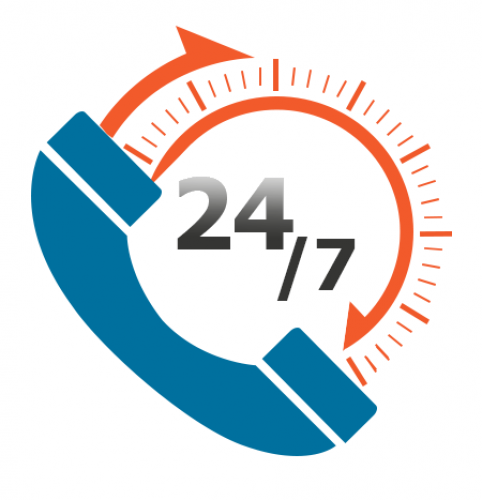
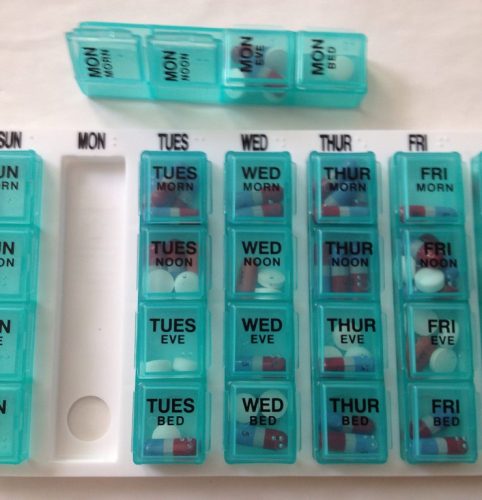
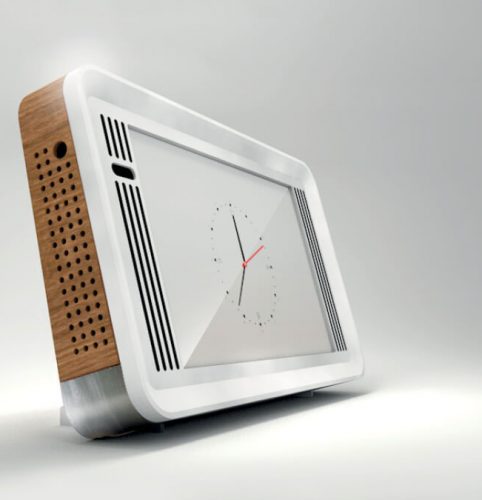
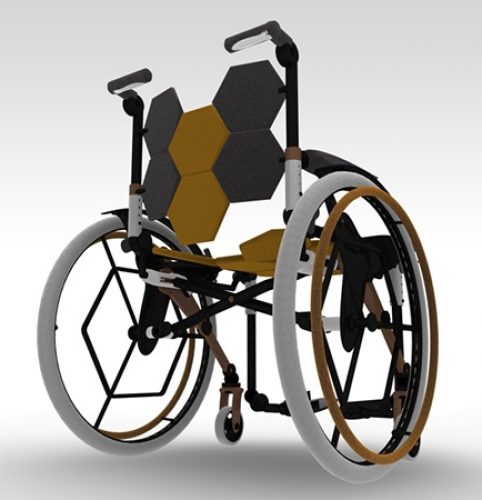
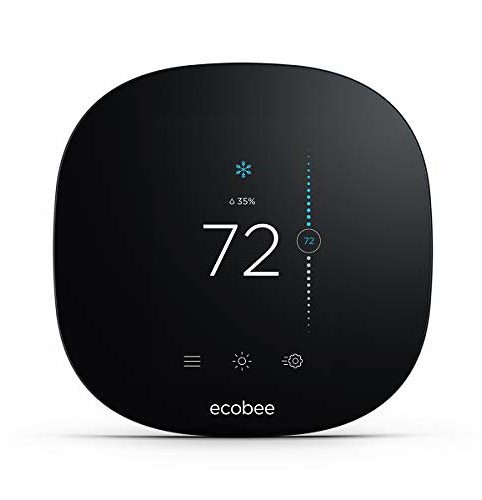






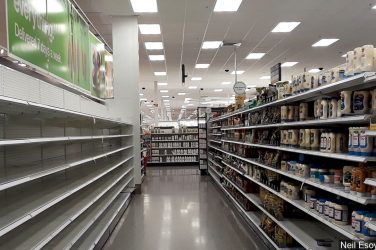

Show Comments (0)